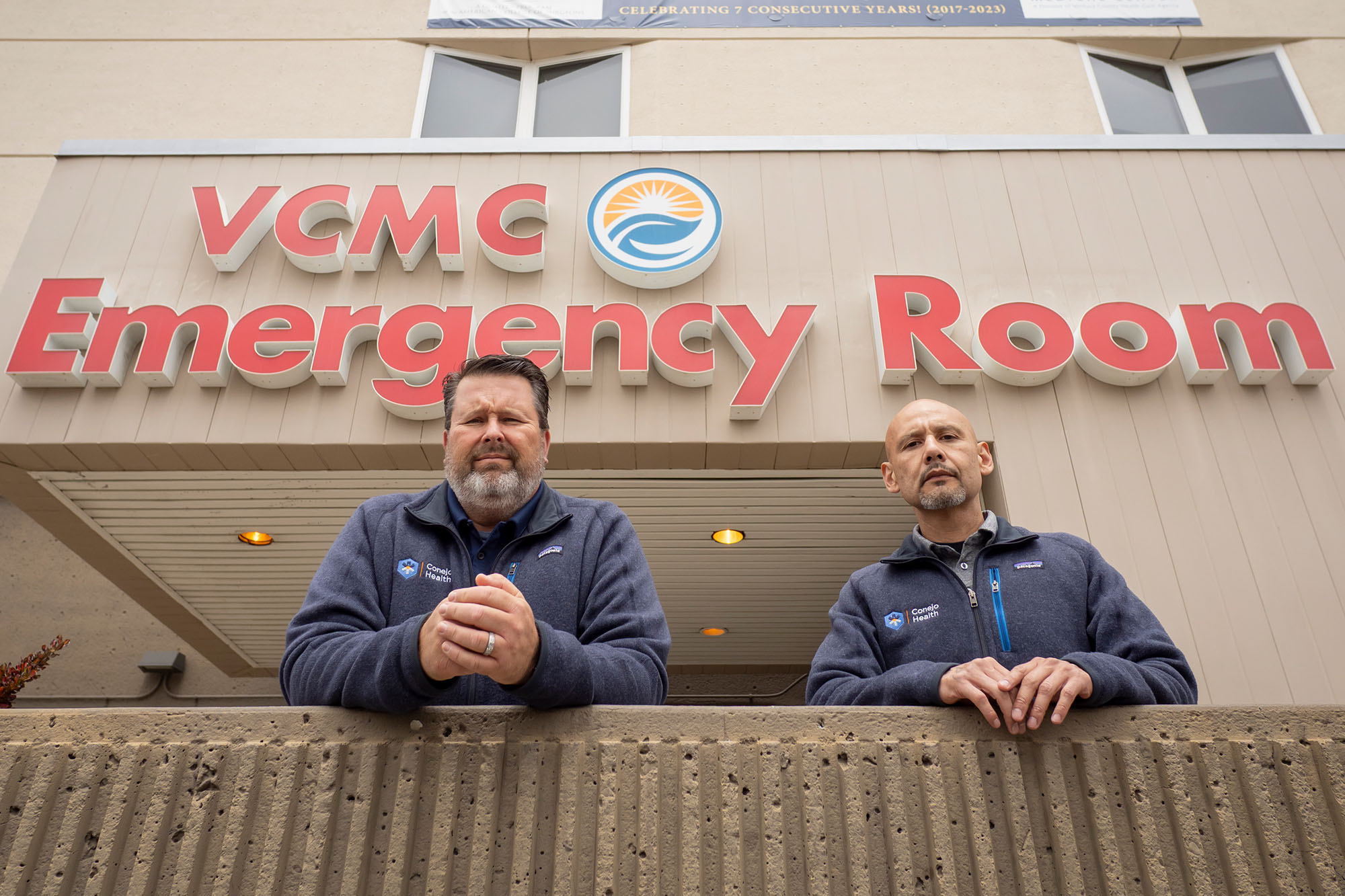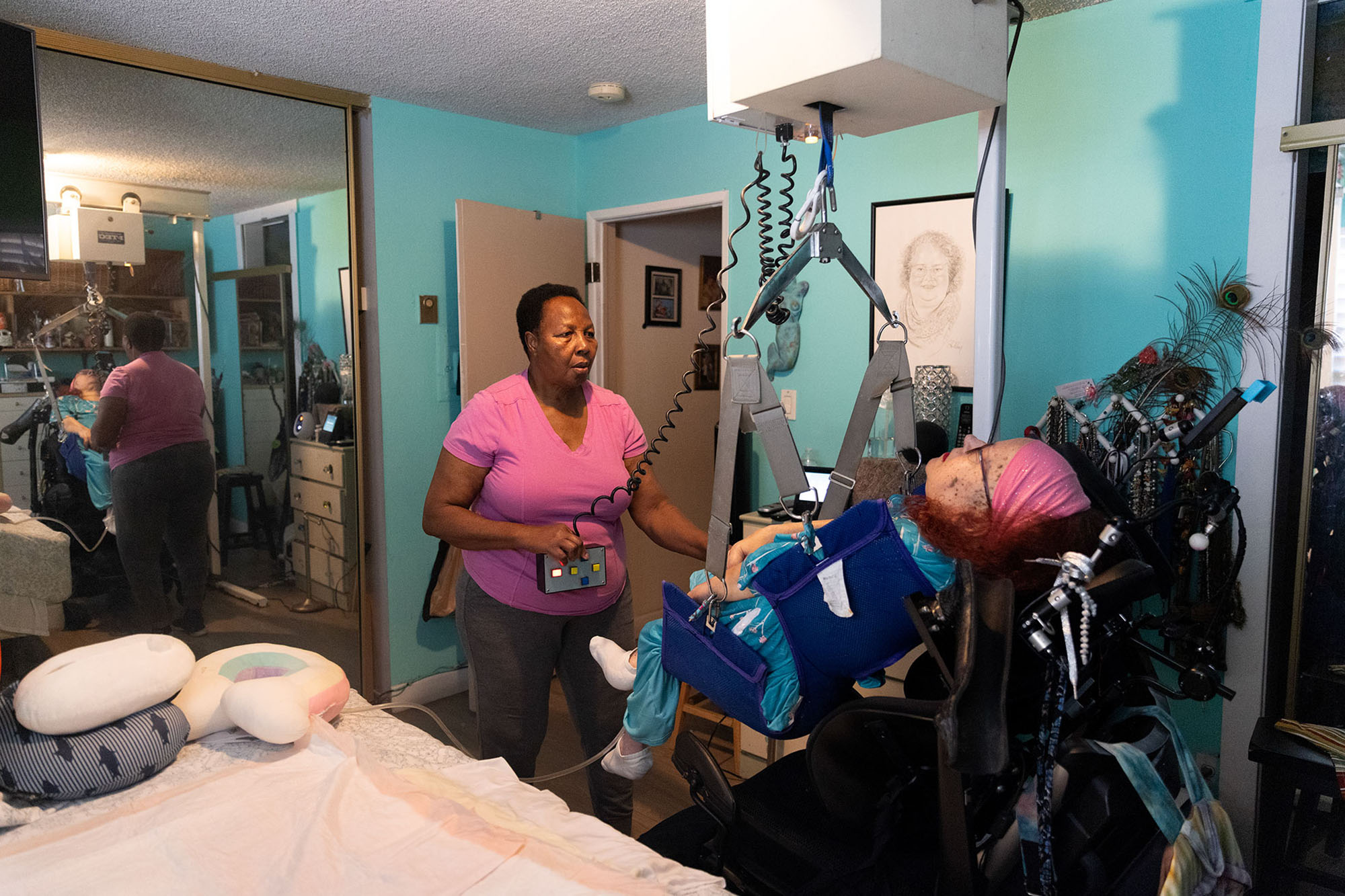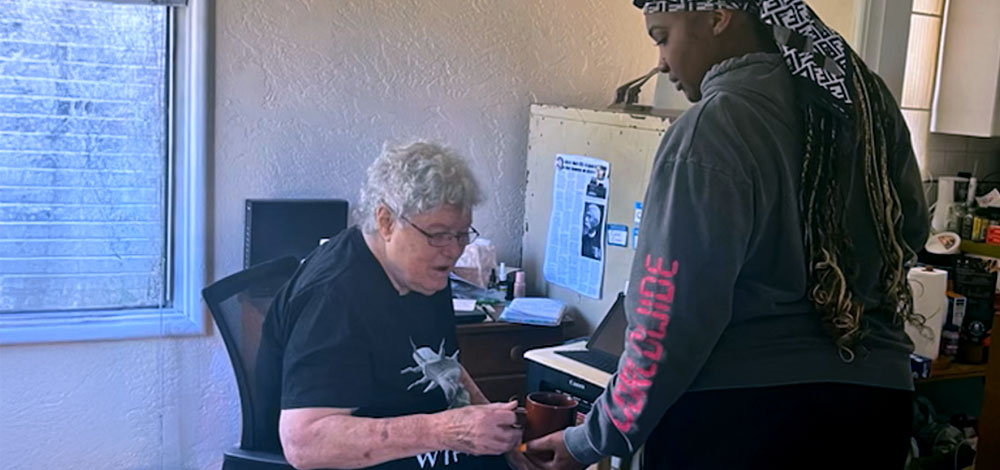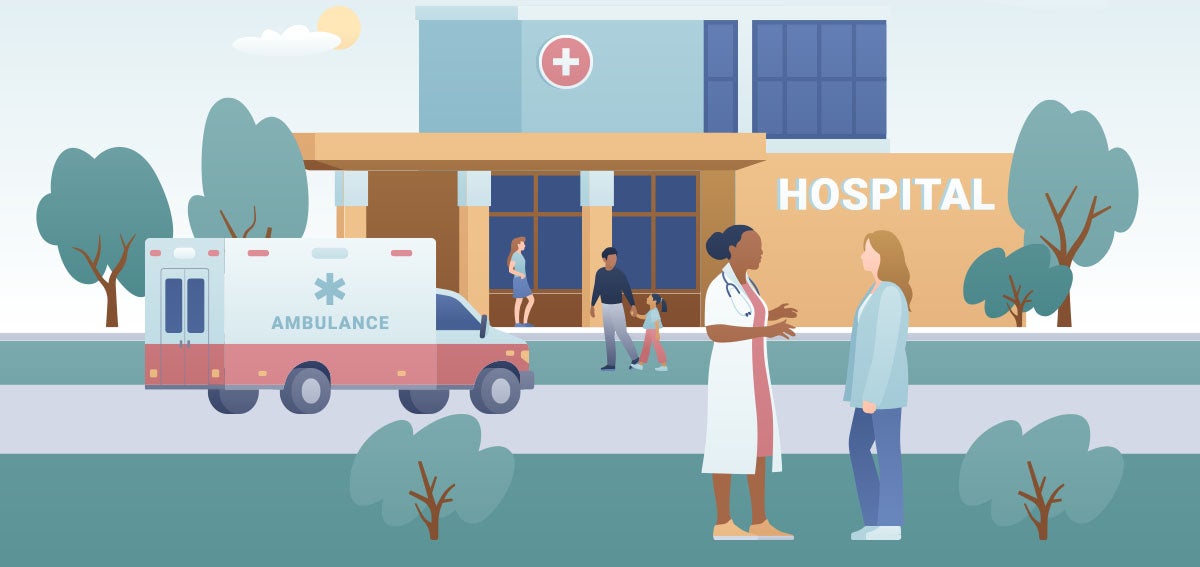During the COVID-19 pandemic, Medi-Cal was prohibited from disenrolling members, which allowed millions of Californians to stay covered during an unprecedented health crisis. However, federal legislation passed at the end of 2022 ended this continuous coverage requirement effective March 31, 2023.
On April 1, Medi-Cal began to restart its normal renewal processes and has 14 months to redetermine eligibility for all of its roughly 15 million members. It’s estimated that 2–3 million members could leave the program during this “unwinding” period, either because they are no longer eligible or for administrative reasons, like Medi-Cal not having correct addresses to send renewal forms to.
In anticipation of the unwinding, CHCF commissioned ThinkNow in late 2022 to test the state’s earliest phase of outreach messaging and materials for members about the unwinding. In partnership with the California Department of Health Care Services (DHCS), ThinkNow held 15 focus groups and conducted 19 in-depth interviews between mid-December 2022 and mid-February 2023 with 118 racially, linguistically, and geographically diverse Medi-Cal members and, in some instances, their caregivers.
A PowerPoint, available under Document Downloads, summarizes the study. Some of its key findings and recommendations include these:
- In general, familiarity with the public health emergency and how it impacted Medi-Cal renewals was low; moreover, no one was aware of the unwinding period.
- Mail is the preferred and de facto channel of communications with Medi-Cal. Although for many, perusing Medi-Cal documents can be tedious and confusing, it is generally considered the safest and most trustworthy informational channel.
- Clearly state the desired action and provide contact information where enrollees can reach out for questions and take action. Consider eye-catching keywords that convey the need to act and the consequences of not acting. For example, consider keywords such as “Urgent” or “Attention” and consequences such as “Keep your coverage” or “Don’t lose your Medi-Cal.”
- Consider providing more than one form of outreach and response — for example, a URL but also a phone number to accommodate a variety of preferred channels of communication.
- For text messages, most participants admitted that they would not click on the provided URL, particularly if these text messages are not personalized; they fear fraudulent messages and try to be cautious. The .gov links, however, tend to be more trustworthy than .org links.
- Include key dates and clearly explain that the renewals process “starts” in April. Let enrollees know that they will be notified (and state through which channel of communication) when it is their time to renew.
- Make it clear what the consequences are (e.g., losing coverage) for not taking action.





